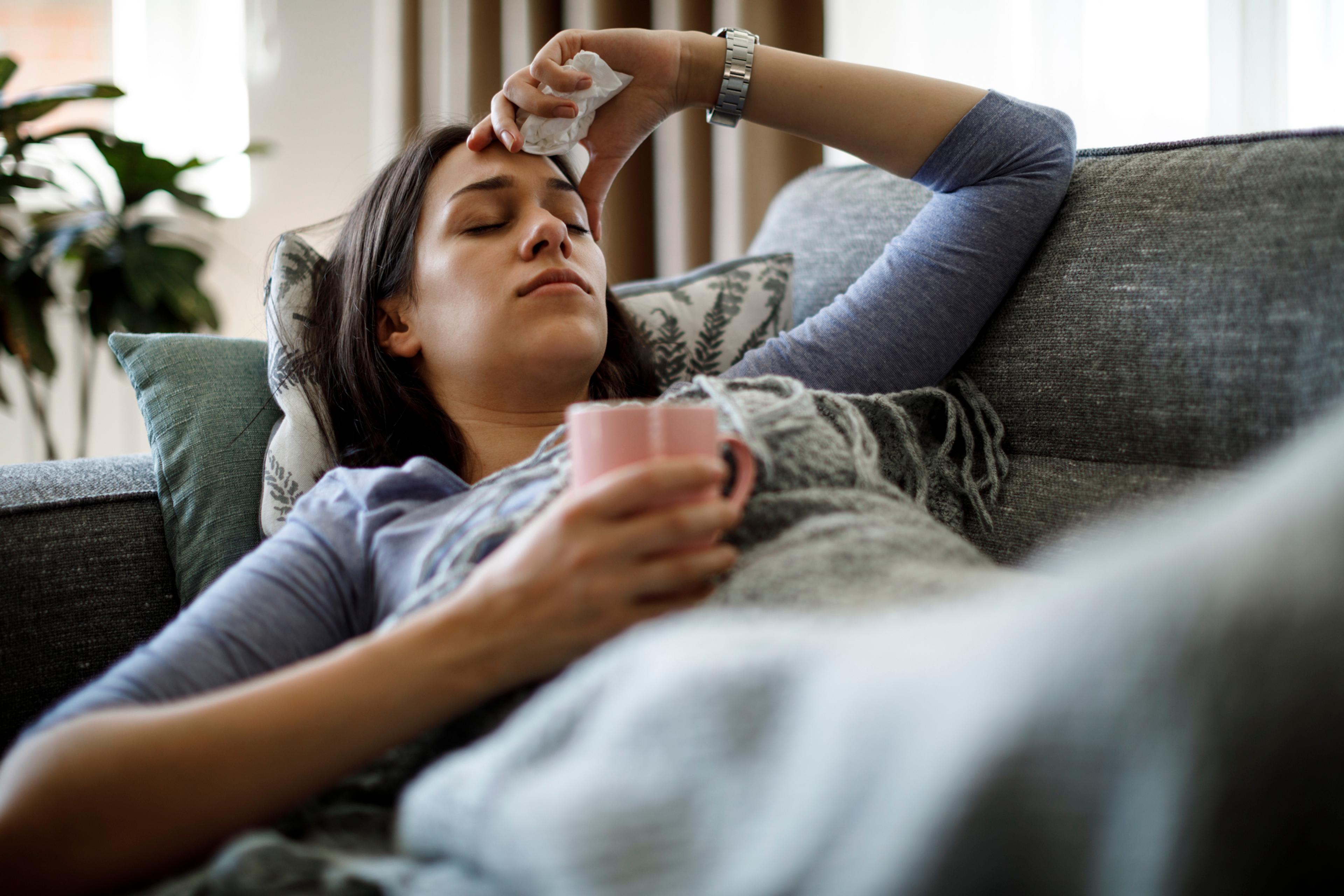Patients with Difficult-to-Treat-Depression Cleared to Use Esketamine-Based Nasal Spray as Standalone Treatment Method
Jake Newby
| 5 min read


Medically reviewed by Dr. William Beecroft, M.D.
A prescription nasal spray medication containing the antidepressant esketamine was recently approved by the U.S. Food and Drug Administration to be used as standalone treatment for patients with severe depression who have had an inadequate response to at least two oral antidepressants. Spravato®’s expanded approval marks a potentially significant step forward in mental health care as a proven option for patients with difficult-to-treat depression (DTD) who do not respond well to conventional treatment.
Esketamine, a drug derived from a ketamine molecule, was initially approved by the FDA in 2019, but only to be used in combination with other antidepressants.
Ketamine is categorized as a dissociative drug. It distorts the perception of sight and sound for the person using it and makes them feel like they have lost control of reality, according to the U.S. Drug Enforcement Administration (DEA). It’s a sedative that produces pain relief, immobility and amnesia. Ketamine can be dangerous when abused as a “party drug,” which it commonly was in the 1980s before experiencing a resurgence among teens and young adults in recent years.
What is esketamine?
Esketamine is a much more potent version of ketamine. Because of that potency, it is considered safer as it can be administered at lower doses and have potentially fewer side effects. Esketamine has proven to help patients suffering from DTD, also known as treatment-resistant depression.
A 2019 study consisting of nearly 500 participants supported the efficacy and safety of esketamine nasal spray as a rapidly acting antidepressant for patients with DTD, noting that current treatment options for DTD are limited. Another study in 2020 noted the findings from limited clinical trials indicate that esketamine is effective and safe in patients with DTD.
The January 2025 approval of Johnson & Johnson’s Spravato brand of esketamine as a form of standalone use was based on a study in which patients treated with it showed a rapid and superior improvement in severity of depressive episodes compared to placebo, according to CNN. The hope in the medical community is health care providers can further personalize treatment plans based on individual needs, given esketamine’s new status as a monotherapy.
What to know about difficult-to-treat-depression
DTD is a type of Major Depressive Disorder (MDD), which is considered more severe than persistent depressive disorder. Approximately 30% of people who have been diagnosed with MDD and who have tried medications for MDD do not respond to available antidepressants, according to the Cleveland Clinic.
Patients diagnosed with depression are typically prescribed conventional antidepressants – such as selective serotonin reuptake inhibitors (SSRIs) and serotonin and norepinephrine reuptake inhibitors (SNRIs) – as well as psychotherapy, or a combination of both. Most people with depression will experience alleviated symptoms after these forms of treatment. Those who do not respond to two antidepressant treatments along with therapy are usually diagnosed with DTD, which is characterized by these symptoms:
- Long-lasting depressive episodes
- Anhedonia (reduced ability to experience pleasure)
- Anxiety
- A higher number of lifetime depressive episodes
- Suicidal ideation and behavior
Before prescribing an alternative drug such as esketamine, health care providers will try to be patient with conventional forms of treatment and work to figure out why they are not working for you. This may mean prescribing a higher dose, switching antidepressants or adding another type of antidepressant. For psychotherapy, this may mean trying interpersonal therapy (IPT) if cognitive behavioral therapy (CBT) – considered the gold standard of psychotherapy – is unsuccessful.
After two or three trials of these forms of treatment, and careful consideration of your own personal and physical profile, esketamine may be the next step. Transcranial magnetic stimulation (TMS) or electroconvulsive therapy (ECT) are other tertiary alternative options your doctor may recommend.
How is esketamine administered?
Esketamine is not an at-home medication. It is self-administered on an outpatient basis, under a psychiatrist’s supervision. For TRD, Spravato is administered twice a week during the initial four-week induction phase, followed by once-per-week maintenance treatment during weeks five through eight. Finally, it is administered every two weeks or once weekly after that as needed, and as discussed with your provider.
After each dosage, the protocol for providers is to open a two to four-hour observation window to make sure the patient does not have significant adverse effects and is clearly awake and alert enough to leave the office. Patients should not engage in potentially hazardous activities, such as driving a motor vehicle or operating machinery, until the next day after a restful sleep.
Risks and side effects associated with esketamine
According to the Mayo Clinic, those taking esketamine nasal spray may behave irritably or become agitated. Other common side effects may include:
- Anxiety
- Blurred vision
- Dizziness
- Drowsiness
- Feeling of constant movement of self or surroundings
- Headache
- Lightheadedness
- Nervousness
- Relaxed and calm feeling
- Sensation of spinning
- Sense of detachment from self or body
- Sleepiness
- Slow or fast heartbeat
- Unusual drowsiness, dullness, tiredness, weakness, or feeling of sluggishness
Before beginning esketamine treatment, your primary care provider (PCP) will ask questions about your health that could determine if treatment is right for you. This will include questions about allergies and other forms of medication you may be taking.
Spravato has been on Blue Cross Blue Shield of Michigan’s medical benefit drug list for the past four years, a list that includes drugs covered by an insurance plan that require administration by a health care professional. It can be a very effective treatment option for the right patients who have exhausted traditional treatment routes.
Continue reading:
Photo credit: Getty Images





